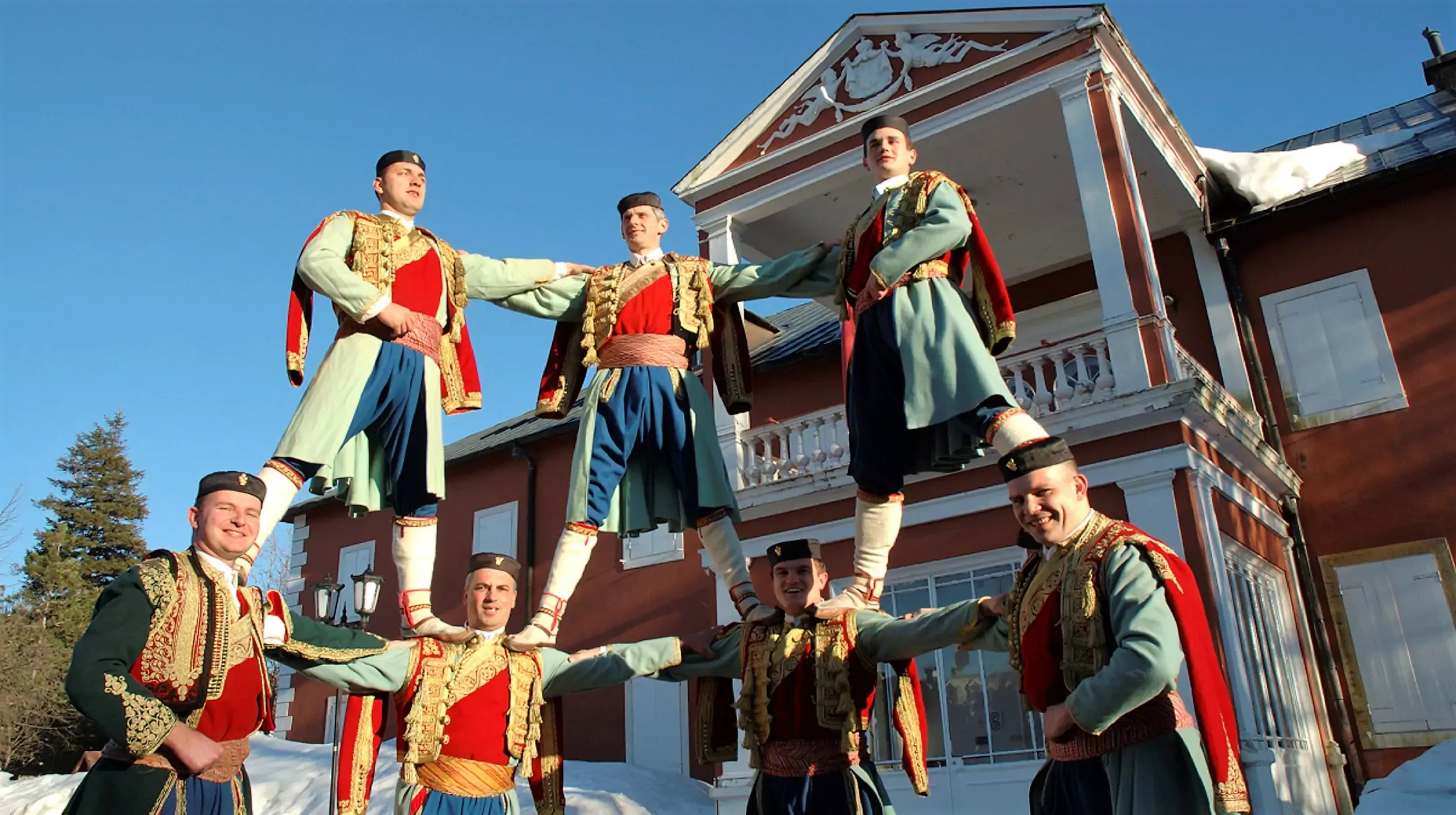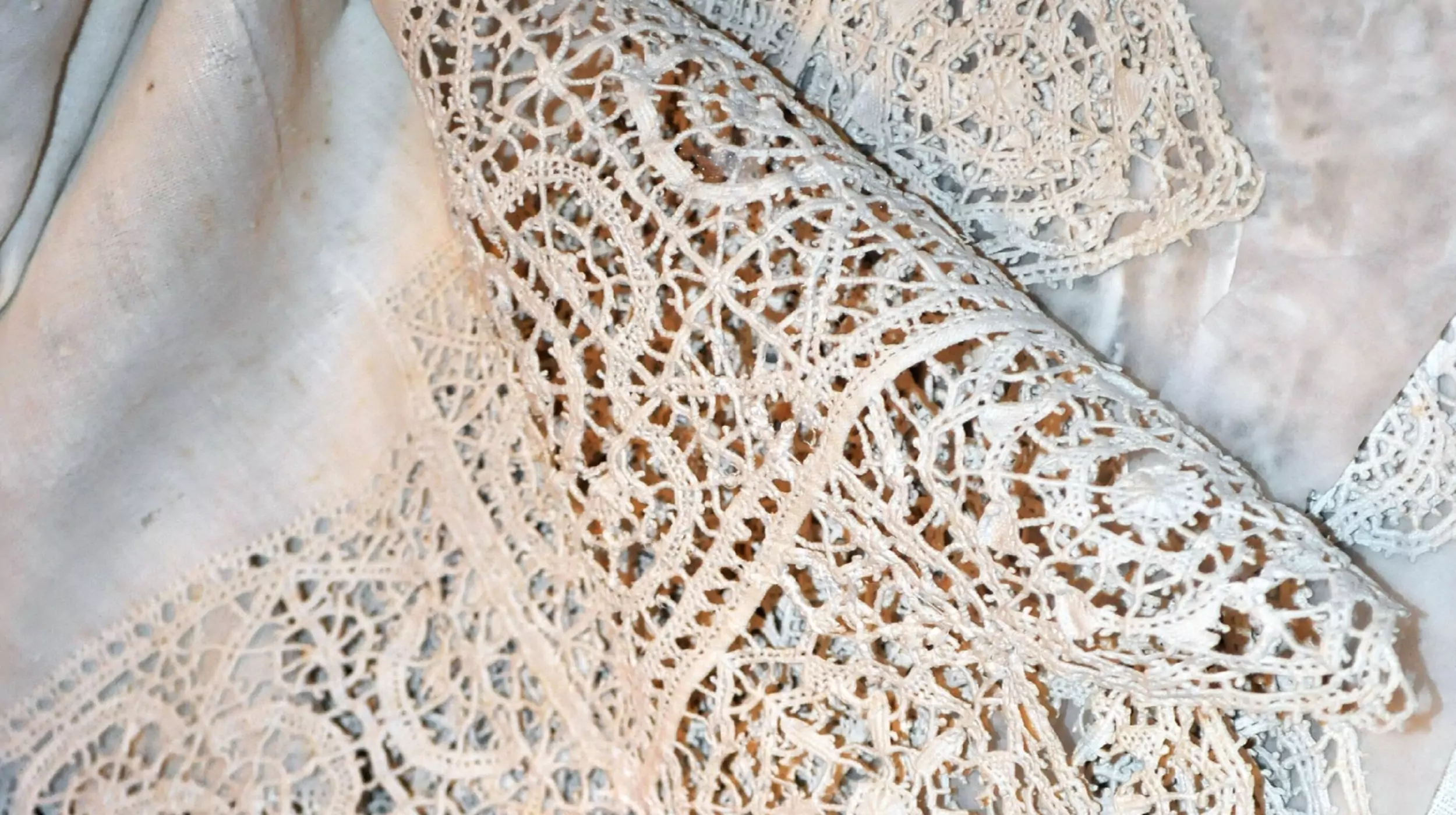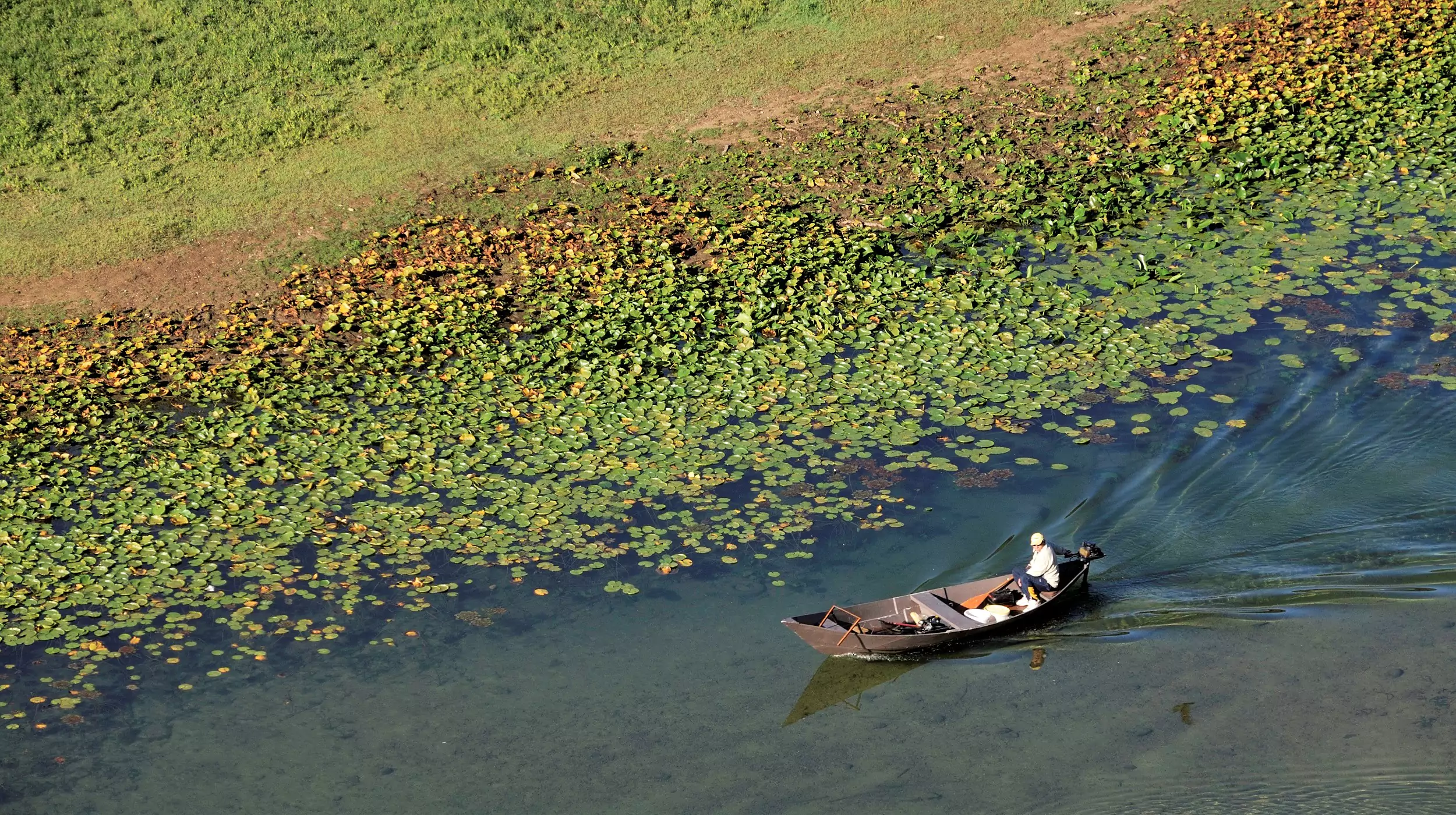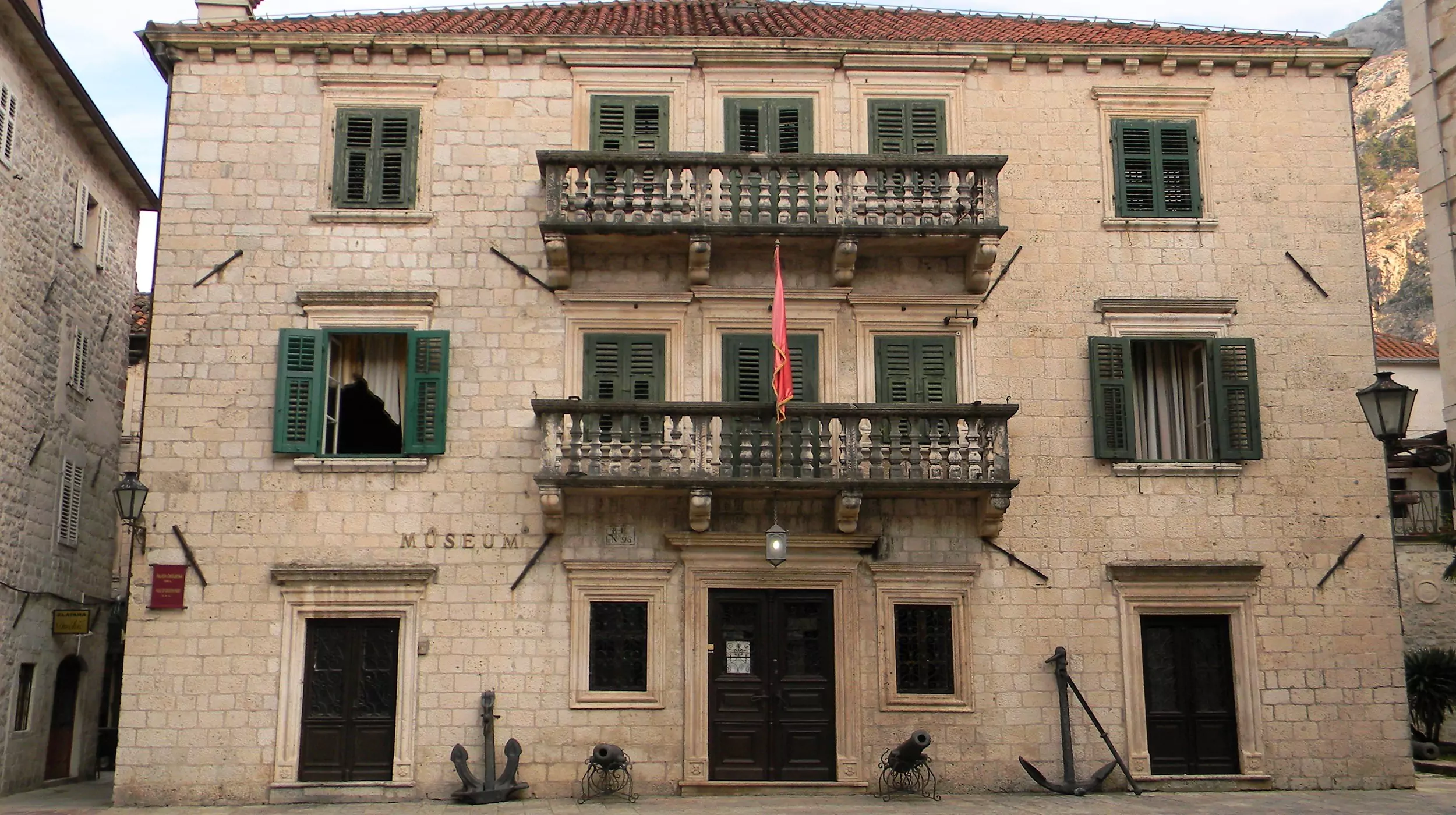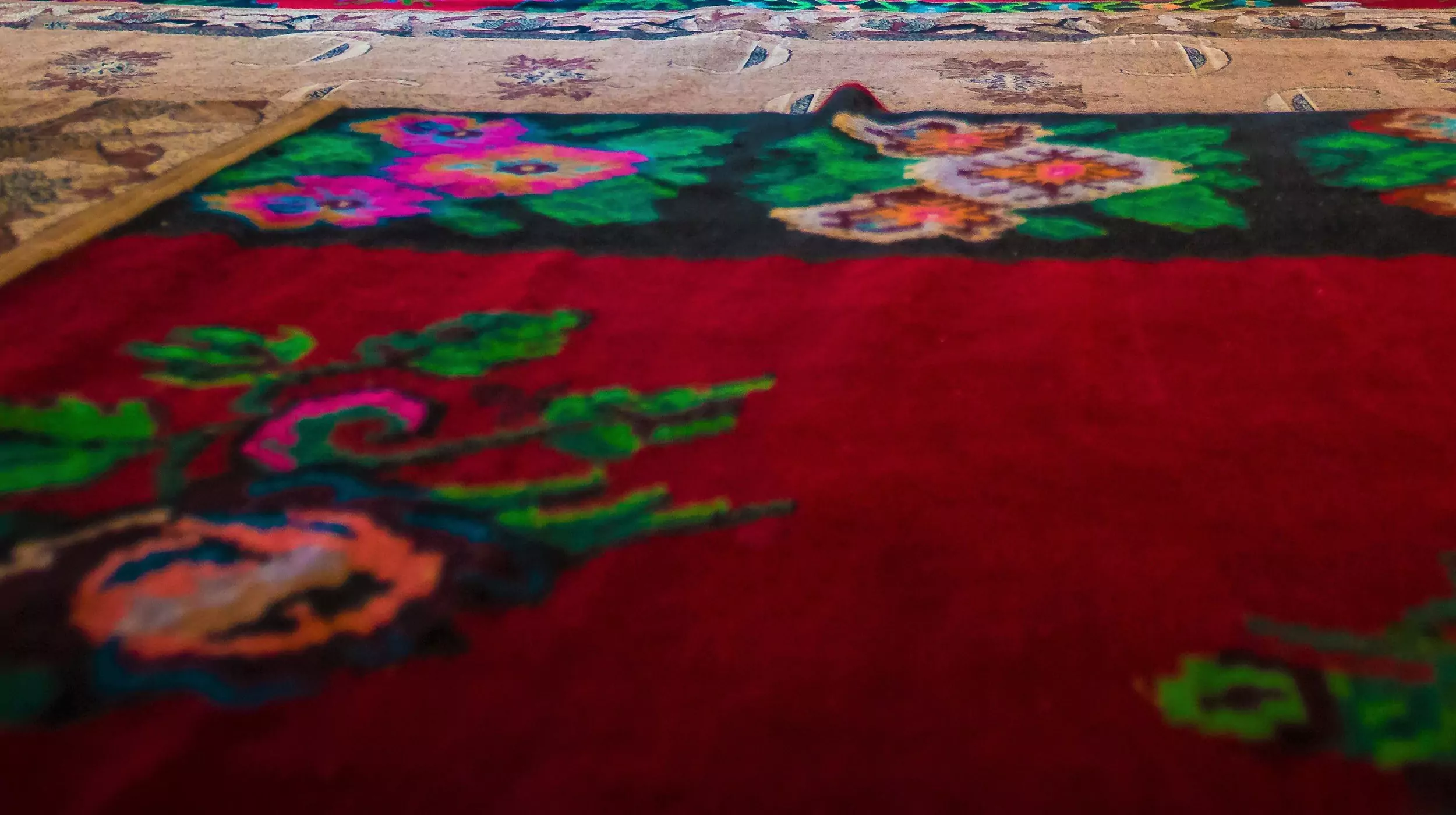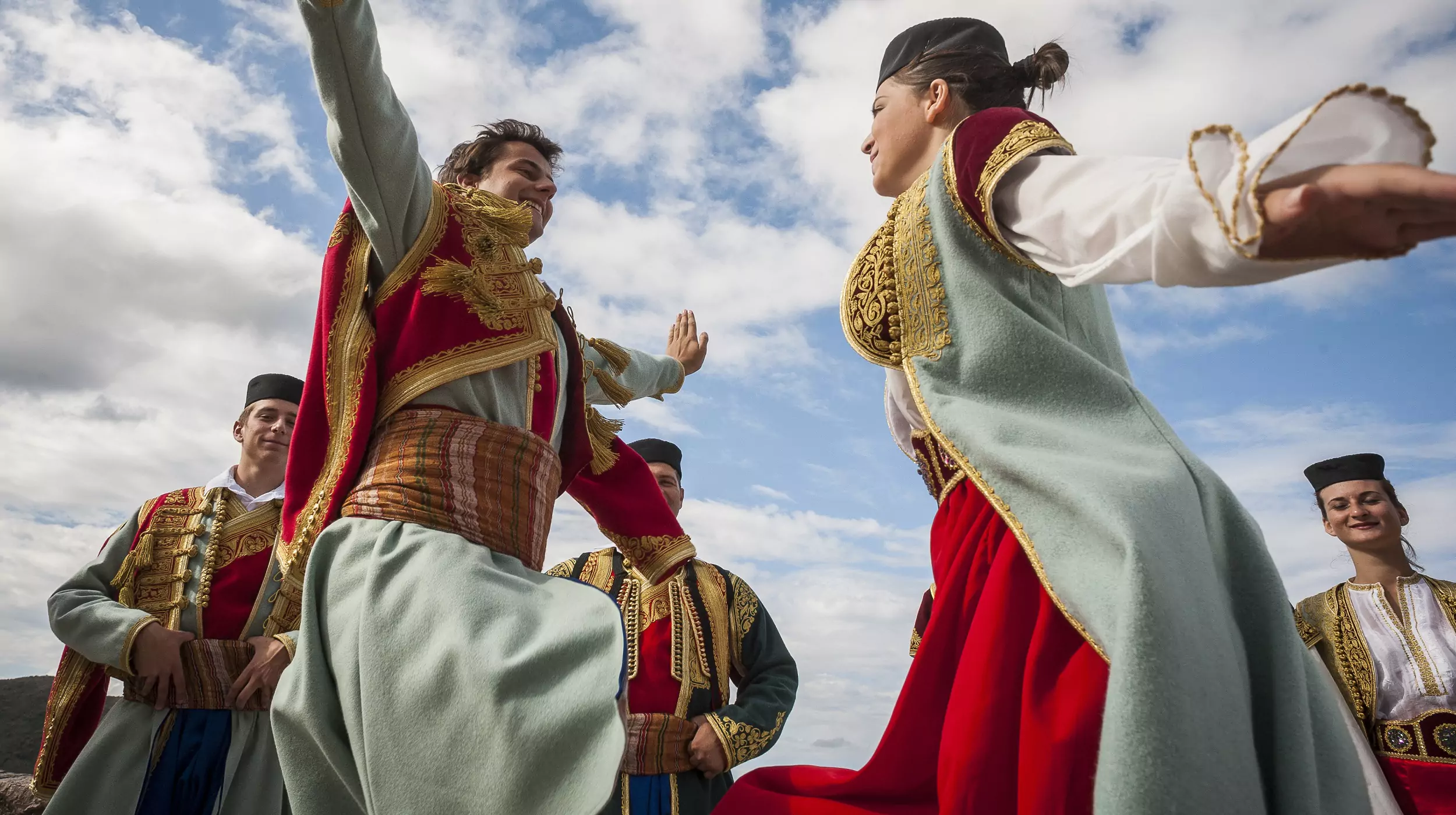Intangible cultural treasures
Don't be surprised if you find something completely culturally authentic around every corner! Montenegro is a genuine treasure trove of cultural heritage, and you can study its rich culture on-site, through a variety of customs, traditions, song and dance, legends of the past, delectable traditional food, and expert craftsmanship brought to you by talented locals!
Intangible cultural treasures
Quick overview:
Seasons
Best fit
Facts:
Number of legally protected intangible cultural assets: 19
Necessary conditions fulfilled by intangible cultural property:
- authenticity and integrity
- good degree of preservation
- uniqueness and rarity within its species
- historical, artistic, scientific, archeological, architectural, anthropological, technical or other social significance.
